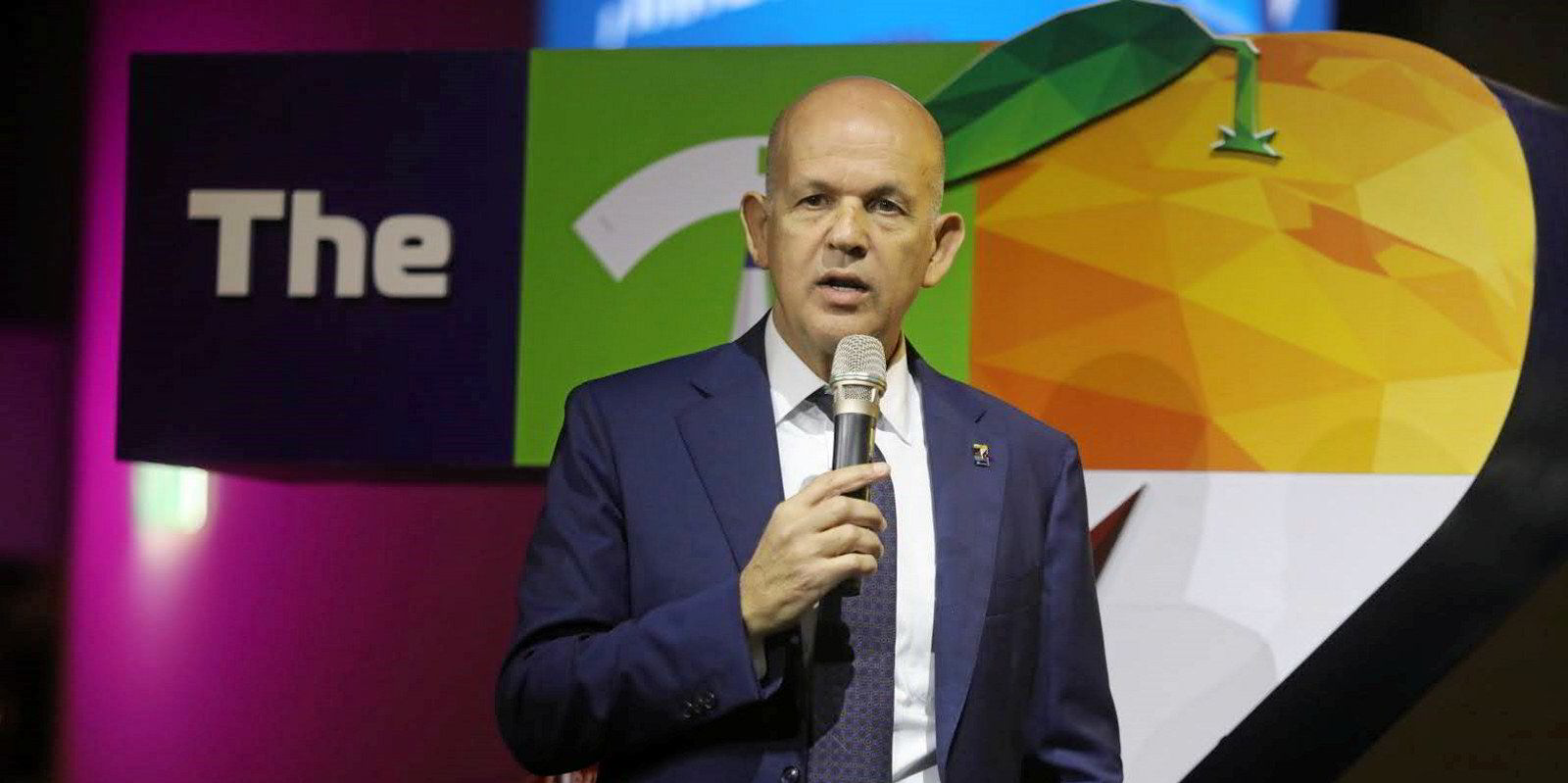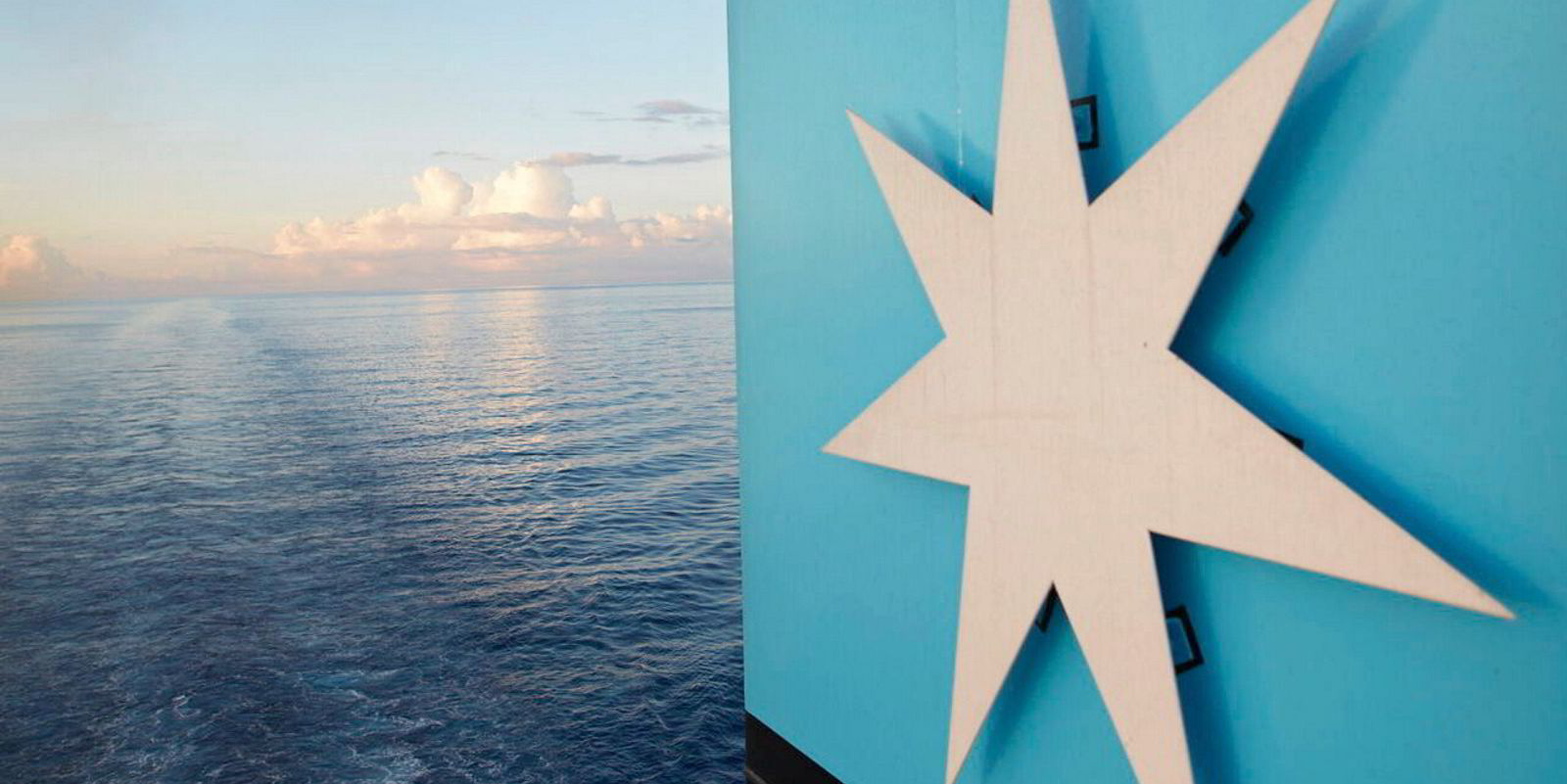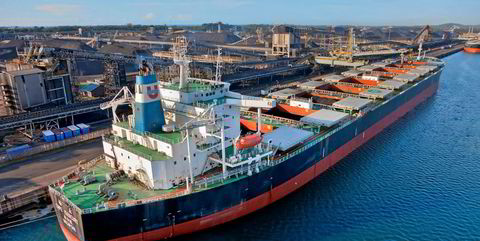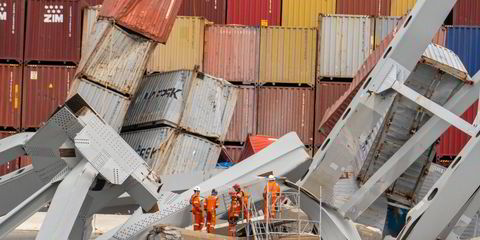Attacks by the Houthi rebels on vessels in the Red Sea have helped to reverse the financial fortunes of Israeli liner shipping company Zim.
The Haifa-based, New York Stock Exchange-listed carrier has gone from being massively loss-making into a money-making machine in the space of two months, analysts and liner shipping sources said.
That marks a remarkable turnaround for Zim, which ended 2023 with one of the liner sector’s biggest losses — but which is again becoming the darling of some liner shipping stock-watchers.
Imminent fears over Zim’s future following the outbreak of the war in Gaza, coupled with massive losses, saw the stock slump below $7 last November.
That position has radically changed with the stock doubling, which US equity research firm Jefferies believes is only the beginning of the upside.
The analyst has upgraded Zim’s stock from a “hold” to a “buy” rating and raised its target trading level from about $14 to $20.
“The story has changed for Zim with cash burn shifting to significant cash generation,” Jefferies analyst said Omar Nokta in a research note.
“Zim’s high-spot, high-cost and high-leverage platform was a major concern in a period of low freight rates, but it now provides substantial upside given the rise in spot rates.
“Red Sea diversions are likely to continue for an extended period, tightening capacity for longer, and Zim is set to capitalise.”
Plugging the gap
Zim is also benefiting from increased cargoes after rival liner operators decided to stop calling at Israeli ports, liner sources familiar with Zim said.
A decision by Chinese operator Cosco Shipping Lines to stop calling at Israeli ports resulted in Zim receiving more enquiries from Israeli shippers looking to ship their cargoes.
Zim has reacted by deploying additional capacity on the trade from Asia to the Mediterranean, where rates have soared.
It had absorbed those shipments by adding more vessels and increasing the size of vessels, the liner source said.
He said Zim has not needed to charter additional tonnage but had reallocated vessels from other trade lanes.
The removal of capacity elsewhere had a ripple effect on other trades, which helped to push up freight rates, he said.
The massive rise in freight rates could not be better timed for Zim, which is taking delivery of several newbuildings.
This week saw the carrier take into service the 7,928-teu, LNG dual-fuel Zim Aries (built 2024).
The vessel is the first of three ships built at South Korea’s Hyundai Samho Heavy Industries that Zim has taken on charter from Singapore-based shipowner Eastern Pacific Shipping.
That follows the delivery of the 15,248-teu Zim Mount Fuji (built 2023) in December.
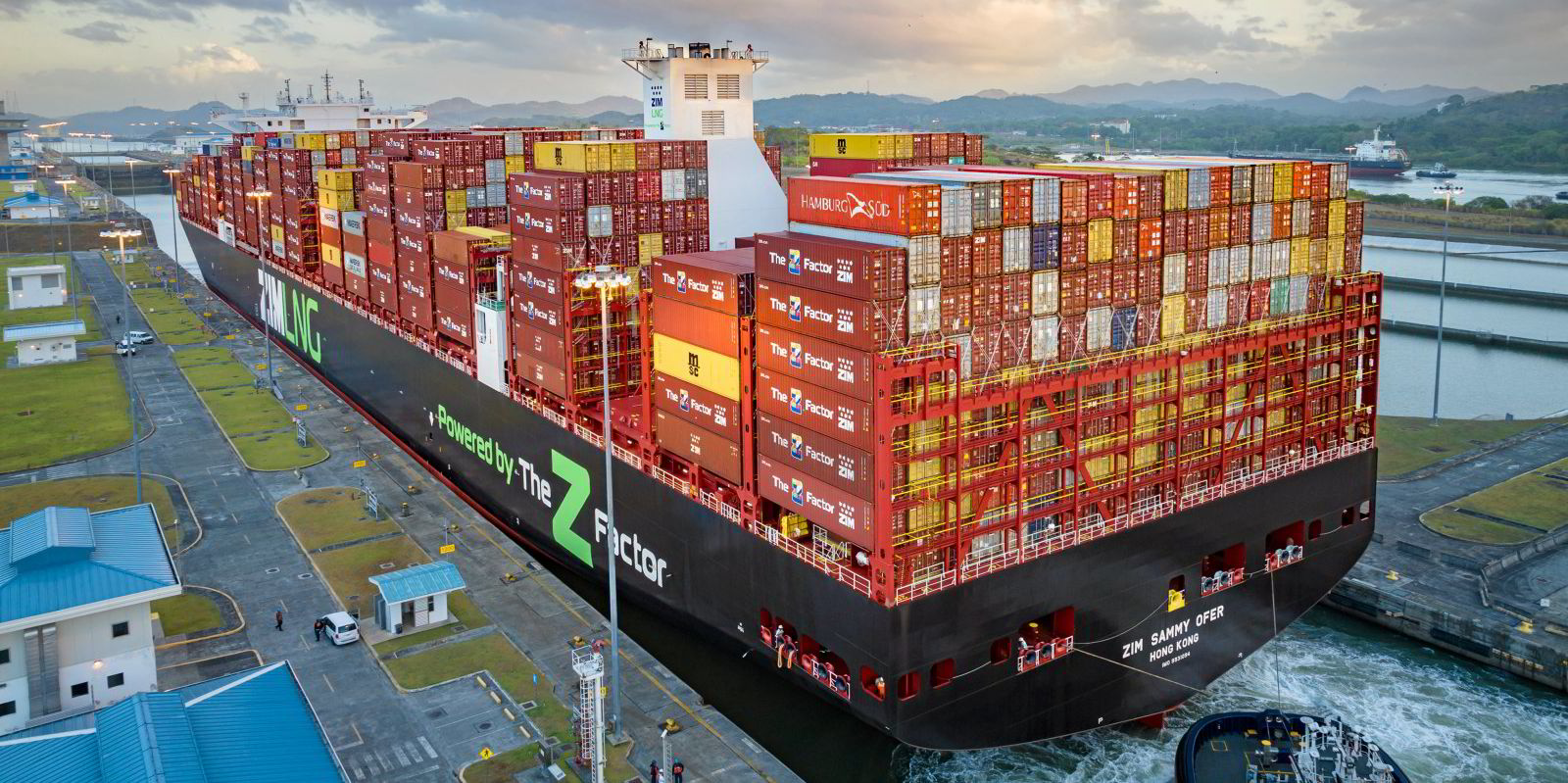
The vessel will operate in Zim’s services from Asia to the US East Coast and is the seventh of 10 vessels chartered from tonnage provider Seaspan Corp.
Last week, Zim inaugurated the Zim Pacific Northwest Xpress service from Asia to Canada and the US via Vancouver.
Post-CNY?
The longevity of what is expected to be Zim’s rapid return to profitability remains uncertain.
For Jefferies, however, Zim has gone from “cash burn to cash machine”, Jefferies said.
Before the Red Sea crisis, there had been questions over the longevity of Zim’s estimated cash balances of $2.6bn at the end of 2023, the analyst noted.
But the market turnaround has seen Zim realise a freight earning rise from $1,200 per teu at the end of 2023.
These are currently estimated at $2,100 per teu, based on an operating cost and lease of $1,700 per teu, the analyst notes.
So while the fourth-quarter results are likely to be weak, earnings are expected to “bounce back this quarter and set the stage for a stronger 2024”, Jefferies said.
“Zim is a high-beta play on the container market improvement. While freight rates are likely to remain volatile, we believe they will hold well above the lows seen in 2023,” the analyst noted.
The strength of liner shipping markets is expected to be clearer after the Chinese New Year in February when demand is expected to ease.
“If disruption is here to stay, rates will go up and profitability will increase,” one liner source said.
